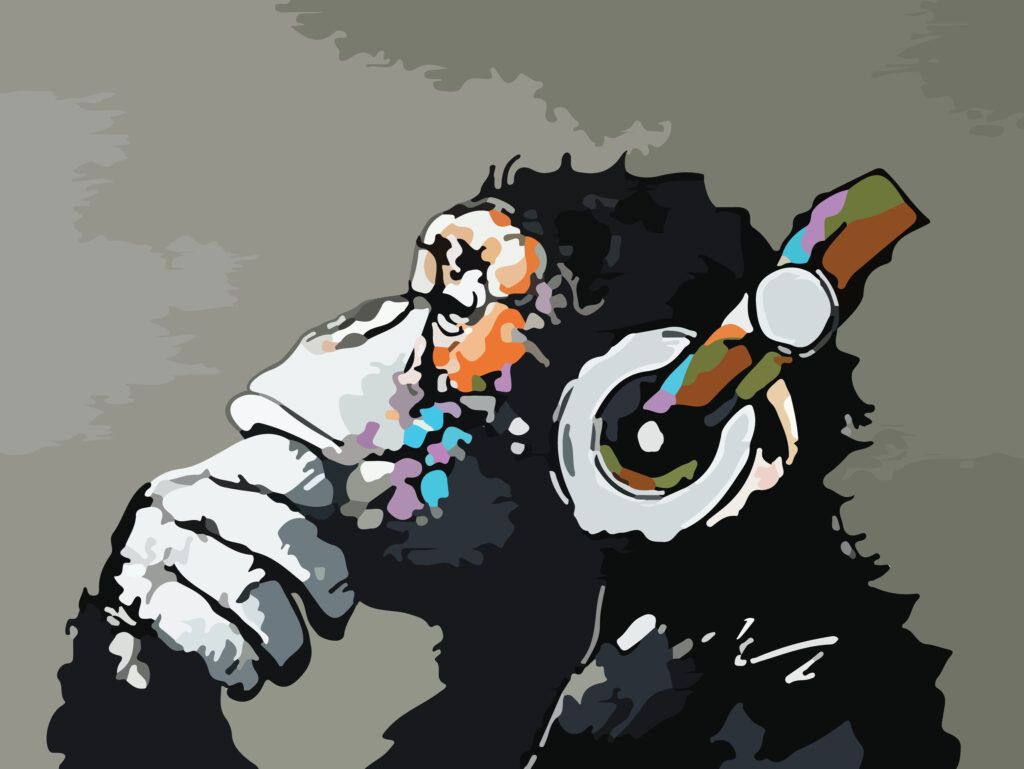
NFTs were really popular in 2021, and though the NFT market simply will not die in 2023, my guess is that they will never recover to the absolute insanity we saw in previous years. If you are thinking about buying bitcoin, you may have also heard about NFTs. I know quite a bit about bitcoin, and I have also traded NFTs in the past, so have thought quite a bit about bitcoin vs NFTs.
The truth is, I sold all my NFTs for bitcoin, and will never buy another NFT ever again. Buying NFTs was a mistake now that I know the truth about them.
In this post I want to cover what NFTs are and how they compare to bitcoin, why they hype around NFTs is pretty much bullshit, and why I expect all NFTs to lose value over time.
Bitcoin VS NFTs
NFTs Are Not Money
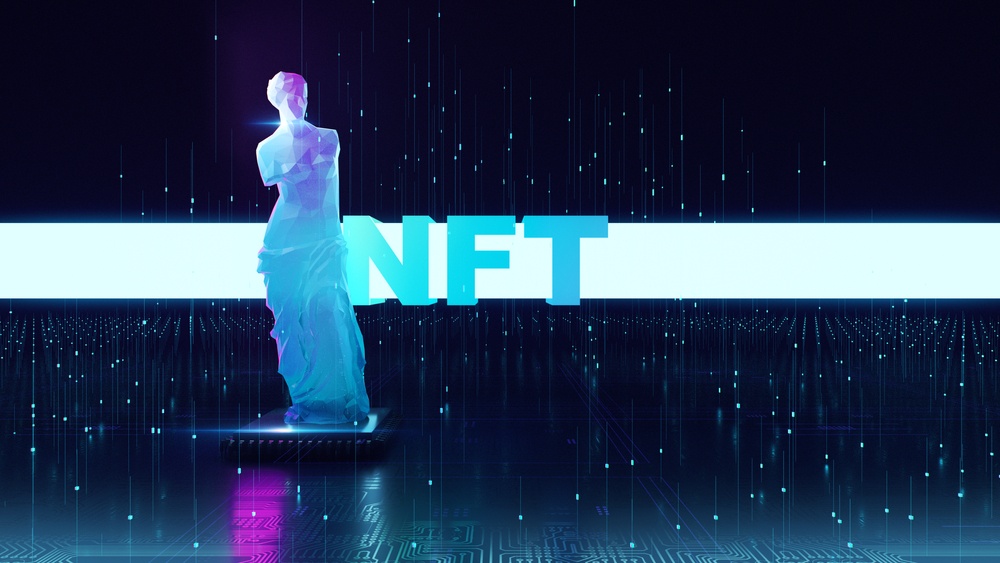
The premise behind NFTs is that they are digital art. Below, I’ll get into why this isn’t exactly true, but for now, let’s assume this is correct. If NFTs are art, then they are not money. Money has five main properties:
- durability
- portability
- divisibility
- fungibility
- scarcity
Fungibility
First off, literally in the name Non Fungible Token is the phrase “Non Fungible”. That means one piece of NFT art is not equally exchangeable for another piece of NFT art. Even the exact same image with a different number may sell for a different value. For example, in an NFT drop of 15 editions of an image, #3 and #8 may look exactly the same, but may sell for a different price.
Portability
Their portability is pretty terrible as well. The art is tied to the URL of a specific website, which you do not control (more on this below), so if that website goes offline, your picture disappears too. It’s not like a regular painting or sculpture which you can put in your house, then move to another room, or lend it to your friend any time you want. You do not have physical possession of the asset.
Scarcity
Scarcity of NFTs is questionable as well. Though you may buy the art under the assumption that you are the only owner, there are no contracts saying that the artist cannot create an exact replica or slight variation of that image, then sell it as another NFT with a different hash. You still own your version, but someone else owns an exact copy, which is also unique on the blockchain.
So far, NFTs are not looking very useful as money, so they must be appreciated as art, right?
Related Content
NFTs Are Not Even Digital Art
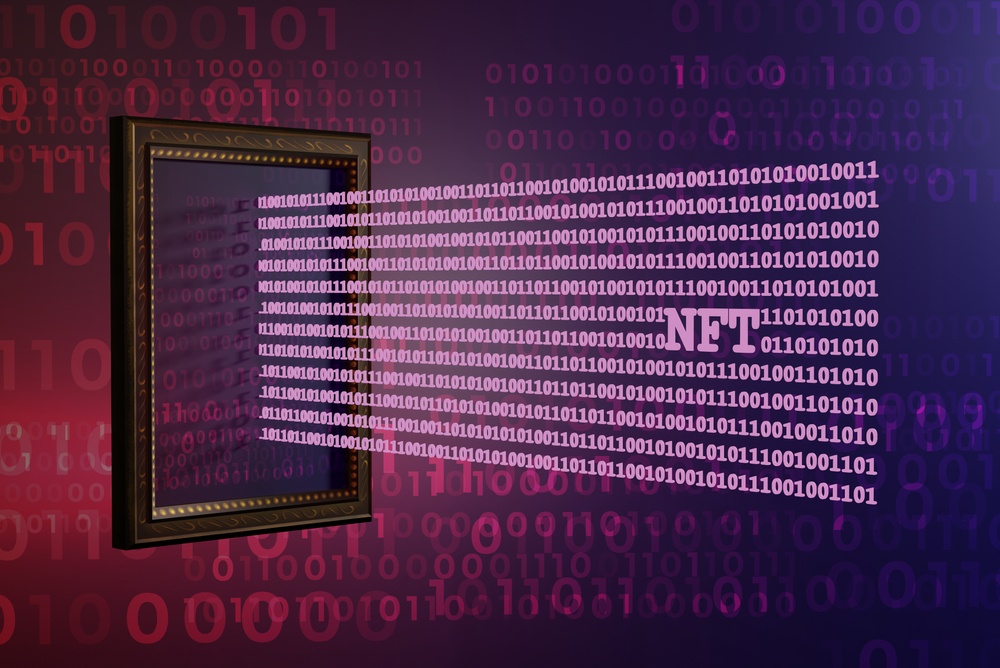
NFTs are not digital art. The blockchain didn’t make your art. The art has nothing to do with Ethereum or any other cryptocurrency. Art is art. Whoever made your image used Adobe MS Paint to create the image. That’s art.
NFTs are just verification of ownership of a particular image, not exclusive rights to the image, and definitely not the image itself.
With few exceptions, your art is not on the blockchain. The image associated with your NFT lives on a website, just like any other image you see online. That image has a web address associated with it, for example https://nftwebsite.com/my-nft. Anyone can go to that URL and see the image, copy it, or screenshot it, and view or hold the image themselves. What you get is a hash of the URL. That means you get a long string of numbers that says you are the official owner.
NFTs Carry No Rights To The Image
This is not a legally binding contract. This does not represent exclusive rights to use the image and sell it on mugs or t-shirts. That image cannot be transferred to a different website and used for anything.
You can put your hash in your wallet, but you can’t view your image in your wallet. You have to deposit your NFT back onto the website where you bought it in order to view it there.
So, when you buy an NFT, you are not really buying digital art. You are buying verification of ownership of that art.
The cool thing about NFTs is that you can support artists you like, but realistically, how many average people “support local art” on a regular basis? Probably not many, and I doubt that art patronage is a new trend for the 2020s. NFTs are very hyped right now, so some NFTs are gaining value incredibly fast. This may make them seem like a good investment, like traditional art has been over the past decade, but I don’t think it’s going to turn out that way.
NFTs Will Lose Monetary Value Over Time
Owning an NFT is not like owning a real piece of art. Although digital art can be beautiful, I don’t think it will retain its value like some types of physical art has done in the past.
It’s true that part of the value attributed to rare art pieces is due to their exclusivity, so it’s possible that some exclusive NFTs could retain value in the future. If you own one of just a few pieces of a well-known artist, you might pay a premium for that, and another person may pay a premium on top of that.
However, a big part of art having value is due to the actual skill involved in creating it. I’m not talking about the one-off weirdos duct taping bananas to walls. I’m talking about actual, beautiful pieces of art that you want to display in your home or office. It’s a big deal to look at a canvas or sculpture and just consider how much skill was involved in making it.
You can buy a poster or print of the Mona Lisa, but it’s not the same as looking at the actual Mona Lisa. Even an excellent, hand-painted replica will cost you hundreds of dollars and won’t do the original justice. As you look at the art hanging in your home, you won’t be transported to Italy in the 1500s as you think about Leonardo Da Vinci and the events that lead to the creation of this painting.
The Cost To Copy And Replicate NFTs Is Low
Digital art can take a lot of work to create, but “skilled” digital art is not what’s selling in the NFT world. Most recently, pictures of rocks have been selling online for tens of thousands, even millions of dollars.
While I agree that digital art can have value, I disagree that 1.7 million dollars is a reasonable price for a rock, when I can literally just right-click, save, and get the exact same experience as the owner of the rock. Here – check it out.
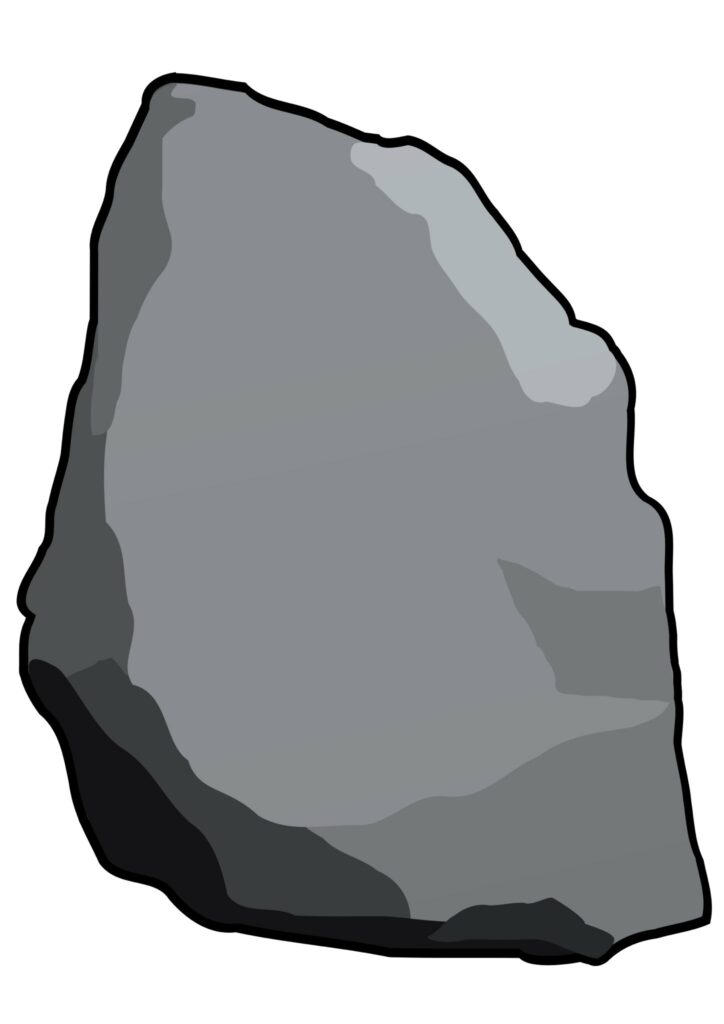
I can also hire someone on Fiverr to create an exact replica of this rock for just $5, or even create a series of color variations for $5 each. There’s also nothing stopping another artist from selling images of different types of rocks, like ETH Stones or ETH Pebbles.
The cost of replication is low and the level of enjoyment exactly the same.
So why are NFTs selling for so much right now? Cultural hype is a factor, for sure, but there may be something more devious going on as well. Since everything is sold online pseudonymously, you can actually bid against your own art, driving up the price. You can hire out cheap hype articles, Twitter bots, and shills on Reddit to pump the price as well.
My prediction for the NFT scene is this: The hype will continue for a few months, or the better part of a year, and then the bubble will burst. NFTs purchased for insane prices will be sold at steep discounts, or never sold at all. The world will lose interest in NFTs as they did with ICOs, and everyone will move on.
Personally, I think NFTs are cool. I bought some early in 2021, thinking that it would be like investing in digital art. Most of my insights about NFTs you read in my article here came after the fact though. It was actually dealing with NFTs themselves that turned me off them, so I sold them all.
Just Because NFTs May Succeed, Doesn’t Mean You’ll Profit
NFTs may not all be garbage. There are some very clear use cases, and it’s very possible that NFTs will represent a new type of asset class in the digital realm.
One potential use case which is commonly talked about is the use of NFTs in gaming. NFTs could be used as part of an intra-game experience, where you can buy and sell items as part of a games ecosystem. We saw the emergence of this in the gold economy of World of Warcraft, as well as buying and selling skins for CSGO. Buying stuff to use in-game is pretty normal.
Where NFTs would change the situation here is that because they exist on a neutral blockchain (not just in-game code), you could potentially port them to other games. That means an NFT on one game could be used in another game, either in a similar capacity, as in a gun being a different kind of gun, or something completely different. As I mentioned above, the NFT is not the item itself, but a hash of the location of the item, so the game would still need code which tells it how to interact with that hash.
NFTs In Games Is A Cool Idea, But Many Years Away
Therefore, you’d still need to convince gaming companies to be interoperable, and it’s unlikely that you’d find an NFT from Nintendo that would work on Playstation 5 games, or vice versa. What might happen is that a single company could allow NFT trading on games within its platform, i.e. all Steam games might be able to access the same NFT features.
Maybe you could even sell NFTs for in-game special moves, or fun alterations, like unique finishing sequences in Mortal Kombat.
Another potential use for NFTs could actually be what people make fun of them for – trading cards. Despite sounding like a nostalgic childhood hobby, cards of various types are still collected and used around the world. These could be trading cards like baseball cards, or playing cards like Magic the Gathering. It’s pretty obvious here that verifying ownership of a cool digital representation of a card would port over easily from physical cards to digital cards for online games.
One last idea I thought was cool could be digital representations of players for fantasy sports. You could have the NFT be interactive, and change based on a players performance, and possibly unlock features as they hit milestones throughout the year. NFTs are not necessarily limited to 1-of-1 minting, so a company could mint an NFT of each player for each fantasy league team, and you could show off your team to your friends on social media.
These are all cool ideas.
In-Game NFTs Don’t Need A Blockchain
The first question is, does this need to be on a blockchain and minted as an NFT. Probably not. You could probably just code this up like any other app and it would be the same experience to the user. The point of a blockchain is to have uncensorable transactions without a third party, but all of these examples are private companies issuing private assets, which would absolutely be under their direct control.
The main point I want to make here though is that although these are cool ideas – how sure are you that you’re going to earn a profit from them? If digital fantasy football cards take off and make billions for Draftkings, what does that have to do with your cartoon rock? Even if some kind of NFT gaming token looks promising right now, how sure are you that it’ll 10x in a year, instead of some other game becoming more profitable in the meantime?
It’s not possible to invest generally in the NFT experience. You have to pick the right ones at the right time to make money.
The current state of NFTs is simply buying and selling specific pictures. What happens a lot is that some pictures take off and do really well, while others are simply duds. Which pictures will go up in value, and how far will they go? It’s impossible to tell. You could end up with some very cool looking pictures that aren’t worth very much.
Bitcoin VS NFTs: My Personal Experience With NFTs
I originally heard about NFTs on a podcast, and they were presented as I described at the beginning of this article – as a digital art investment. The idea sounded cool, so I figured I’d check it out. I originally used Nifty Gateway, and bought a few pieces of art. It was a cool site where you could buy the art, trade it with others, and track the price over time.
I figured I could just use the “buy and hold” strategy like with my Bitcoin. I could buy some art, wait a few years for the traders to frantically lose money, and I could sell at a profit later. I like art, but I wasn’t really planning on handing digital art to my grandchildren as part of their inheritance. This was an investment for me.
The buying of the art was done with a “drop”, where the artist releases the pieces at a specific time and date, and it’s first come first serve. They’d release art in a series, maybe with 5 different pictures, and 20-60 different copies available of each.
The drops were intense. Art was selling out in seconds. The whole website would freeze up because it was overloaded with traffic. I’d try to buy a piece, then it would sell out, so I would immediately try to get another one even if I didn’t like it as much. I also checked out the secondary market and picked up a few cheap-ish pieces just to get a feel for what it was like trading NFTs for profit.
I ended up with about 6 different mediocre pieces of digital art, and then I started to track the market.
What I Quickly Noticed When Trading NFTs
I noticed a couple of things very quickly.
1. It was super odd and confusing that if I bought #6 of 20, #18 and #2 would sell for completely different prices. Presumably, since it’s literally the same image, it would have the same price, but that’s not the case. There didn’t seem to be any correlation between what these things would sell for on the secondary market. A drop that sold for $250 originally might have some numbers sell for $600 and others sell for $300, or not sell at all.
2. Most items being resold at a profit were immediately resold to people who felt that they missed out. If a drop completely sold out, people would immediately flip the NFTs for hundreds or thousands of dollars more than the original cost within minutes of buying them. After a day or a week, the trading would completely stop, and people focused on catching the new drops.
3. Which drops were the most profitable seems random. I couldn’t tell what was “good” art. There were these really stupid-looking cartoon characters that looked like a teenager’s art project which were selling for crazy prices, while genuine, interesting art would only gain modest value.
4. People lost appetite for an artist after a while. I remember these shiny gummy bears which were selling for thousands of dollars in the beginning, and then the artist created hundreds of variations of these images, and the latter ones wouldn’t even sell out.
Nobody Really Looks At NFTs
Then I started to think, OK, maybe this could be like a side hobby, where I just collect digital art I find interesting. This was before the NFT hype, so I thought it would be a cool niche hobby.
I figured there would be some kind of special NFT display I could hang on the wall, and show a different NFT every 15 minutes. I would definitely get some personal satisfaction over having some limited edition, cool art hanging in my house. After a bunch of research, I figured out there’s no such thing as this piece of hardware. I saw one prototype which never made it production, but nothing else. The only solution was to get an iPad, make my own frame, and display the URL of the image on Nifty Gateway (where I purchased the NFT).
Speaking of which, I also figured out that it was impossible to send my NFTs to other marketplaces. I thought maybe I could flip NFTs, with a kind of arbitrage thing. The idea was to buy something on Nifty Gateway, then sell it on Open Sea. Nope. That NFT is tied to Nifty Gateway. I could withdraw it to my ETH wallet, but then I wouldn’t be able to look at it. It’s just a hash in a wallet there. To actually see the image, you need to deposit it on the website.
After all that, I figured out that I couldn’t openly trade them, I couldn’t use them as art as I expected, and I wasn’t making any money from them.
Then I Sold All My NFTs For bitcoin
My NFT experiment was over, and I sold them all for Bitcoin.
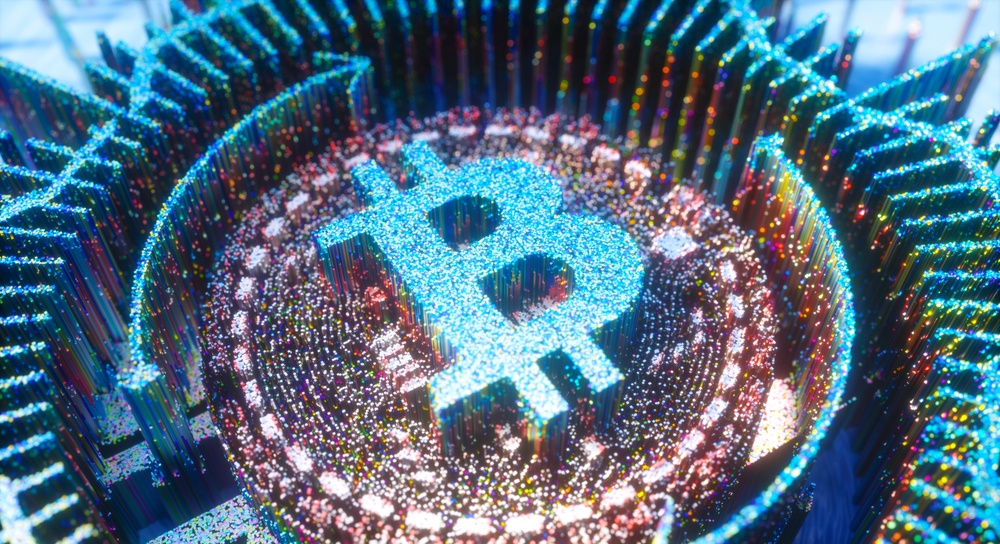
This was more than a year ago now. All the pieces that I sold have not gone up in price. Other numbers of the drops I bought sold for some decent prices, but not the specific numbers I owned. Meanwhile, Bitcoin has 10x’d in that same time period, so even though I sold most of my NFTs at a loss, it ended up being a good decision.
Final Thoughts On Bitcoin VS NFTs
If you like art, buy art. Scare City sells real Bitcoin art in various physical formats that you can bid on. I haven’t purchased from there myself, but it’s just a cool site worth sharing. If you like digital art specifically, have a conversation with yourself whether you are buying NFTs for the pride of ownership, supporting artists, and the appreciation of aesthetics, or if you are just hoping to flip a quick profit.
If you’re hoping to flip for a profit, I think you may be disappointed in the results.
NFTs are not a good investment in my opinion. I’m not interested in being an art trader and following the NFT market. I’m interested in Bitcoin because it’s the best money available. As you consider buying NFTs or Bitcoin, I recommend you think about what your long-term goals are and which digital asset will help you reach them.
Updates & Footnotes On NFTs
1. Pudgy Penguins, one of the most popular NFT projects in imploding. I expect more of this as we move into some rough seas for crypto in general. Can bored apes really hold their value more than these fat birds? My guess is not.
2. Sad Frogs and PHAYC NFTs were banned from OpenSea due to copyright infringement. Centralized platforms are obviously a bottleneck here, so what even is the point of having these things on the blockchain? Why not just put them on a centralized platform like a simple website?
3. The NFT space is showing signs of cracking, with corporate media turning niche into mainstream, projects peaking then losing value, interest waning, volume lagging, and of course people getting sick of insufferable attention-seeking influencers shilling projects that don’t deliver.
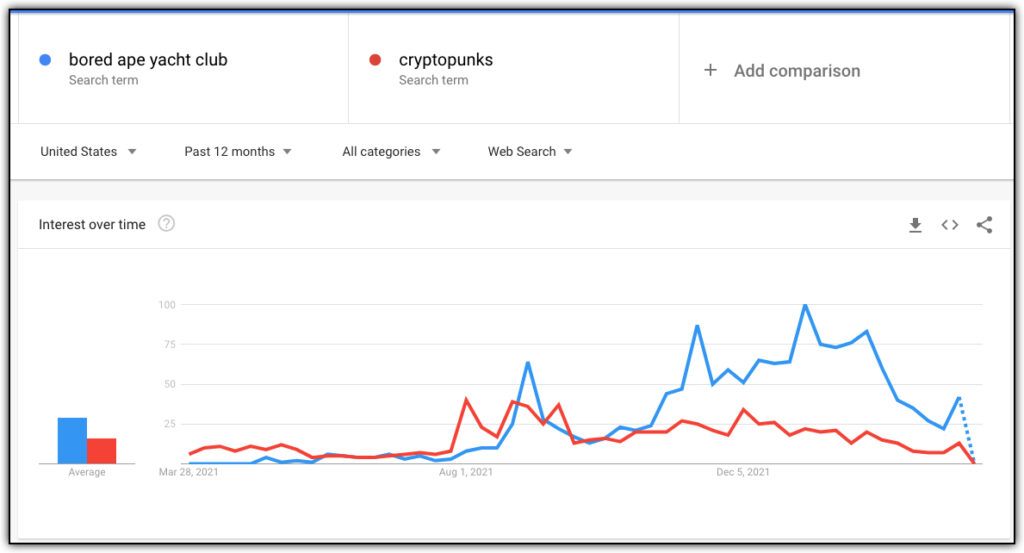
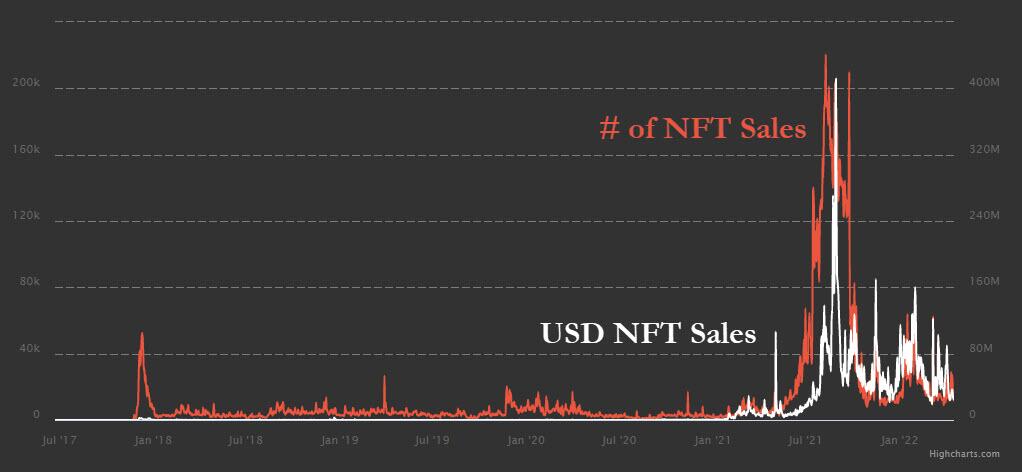
5. Turns out that celebrities were given Bored Apes to promote the NFT collection. What a surprise! /s.
NFTs On Bitcoin
Ordinals and Inscriptions
Though the NFT market in 2023 is pretty much dead except for a few scams trying to drain the last pennies out of the laggard group of NFT enthusiasts, it’s actually been pretty insane for NFTs on bitcoin. NFTs on bitcoin have really taken off and caused some controversy, so I’ll offer my own thoughts on it here. The situation is ongoing, so I’ll continue to add to this section here, and add resources as they become available.
Inscriptions Are Here To Stay
Inscriptions are a way to store arbitrary data on the bitcoin blockchain. The technical aspects of it are quite a bit beyond what I can accurately explain, but I’ll include some resources below. You can store whatever text you want, and that data will always be visible to anyone viewing the bitcoin blockchain.
This was always a feature of bitcoin, but it became “cheaper” to do inscriptions thanks to some recent-ish upgrades, namely SegWit and Taproot.
It’s a core component to how bitcoin works, and there’s no way to undo it. What’s more, the changes to bitcoin that made it cheaper to add inscriptions would be difficult to reverse, and would probably lead to other unintended consequences, or remove the benefits the changes provided in the first place.
Inscriptions could possibly have some value in that they allow someone to permanently “inscribe” information on the blockchain. If you want to publicly and permanently post something on Bitcoin, it can be done.
Ordinals Are Fake
Ordinals are closely linked to inscriptions and sometimes used interchangeably, but they are not the same thing. Ordinals attempt to assign a permanent number to each satoshi, making some satoshis more “rare” due to the numerical value (e.g. satoshi 555555 or 69420).
A core component to how ordinals works is an external website that can actually interpret the data. The “rare sats” proclaimed by ordinals are not actually rare, they are declared rare by the originals protocol. The NFTs you post on ordinal inscriptions cannot actually be viewed on the bitcoin blockchain, they need to be viewed via the Ordinals website.
In other words, Ordinals actually have very little to do with bitcoin at all.
That being said, NFT degens don’t really care if they can flip a JPEG for profit, which is what’s happening. When everyone gets bored, these things will just go away.
NFTs On Bitcoin Are Still Dumb
NFTs on Bitcoin are still dumb because you can’t literally own a digital image, even if you have a blockchain receipt. I might be able to buy into some kind of bitcoin NFT narrative if I was seeing useful, interesting art, but it’s all the same old shit we saw in 2021.
It’s silly frog pictures and thousands of iterations of the same image like the Bored Ape Club style digital art.
Nobody is doing NFTs on bitcoin to make a better world. It’s a pump and dump. Though there will probably always be some amount of NTFs on bitcoin just due to people messing around and speculating, there’s no way this NFT market survives in any meaningful way.
Frequently Asked Questions
Are NFTs Like Bitcoin?
NFTs are not like bitcoin in some ways, and unlike bitcoin in others. They are like bitcoin because they are digital assets that can be tracked and traded online through blockchains. However, they are also very much unlike bitcoin because their supply is not limited and control of the projects are centralized.
Are NFTs Part Of Bitcoin?
NFTs are not literally a part of bitcoin, but yes, you issue NFTs on bitcoin. The original NFTs on bitcoin were “Rare Pepes”, issued in 2016, and predated NFTs on Ethereum. There are currently new ways to issue NFTs as well, including using inscriptions, which ballooned in popularity in 2023.
Are NFTs Riskier Than Bitcoin?
Yes, NFTs are riskier than bitcoin. Not only are you are also taking the risk of how popular an individual NFT project will versus thousands of other projects, you also trusting that a central group of developers will actually take action and complete the goals outlined in the roadmap. On top of that, there is a real security risk of centralized platforms hosting or distributing NFTs, including browser wallets and NFT marketplaces.
Are NFTs A Good Investment?
In general NFTs are not a good investment. The vast majority of NFTs lose value, and even the ones that gain value require that you enter and exit your position at the right time.
How Is An NFT Different Than Bitcoin?
NFTs are different from bitcoin for many reasons, but the two most important are that 1) they are not fungible, making them useless as money, and 2) they are issued by a centralized issuer rather than by decentralized mining.
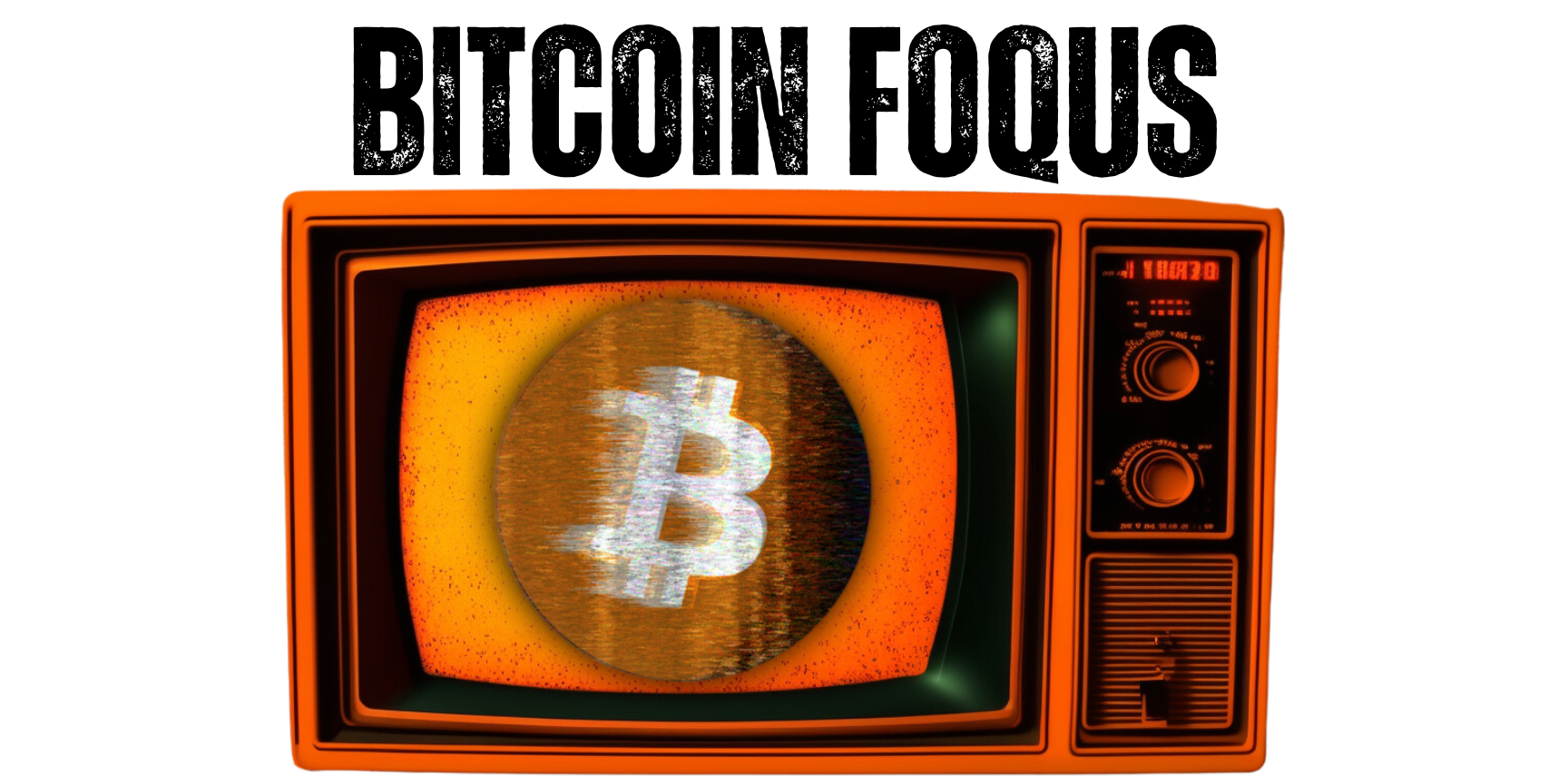
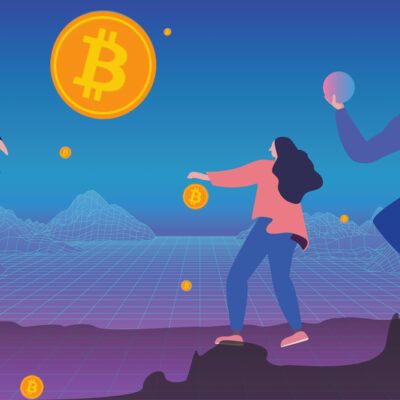
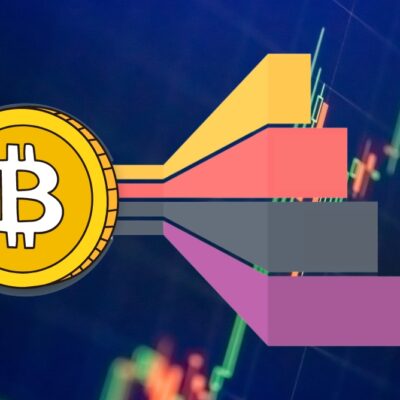
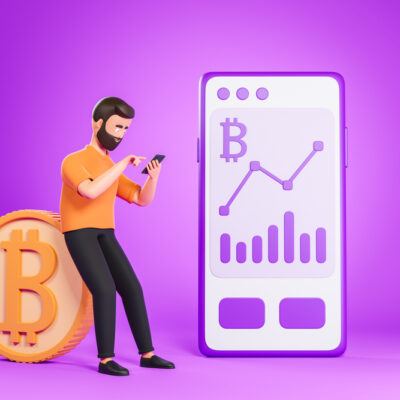
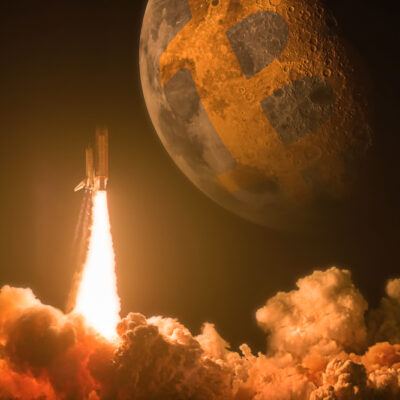

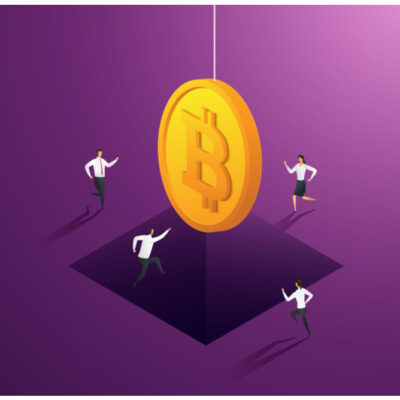
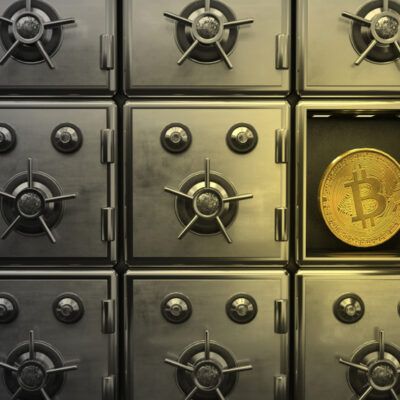

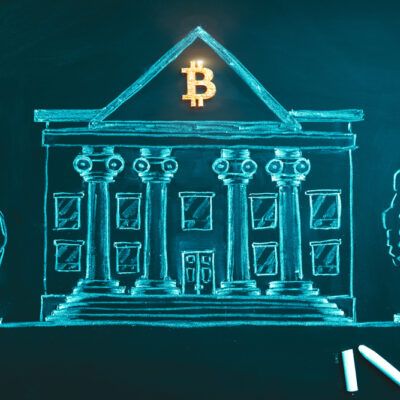

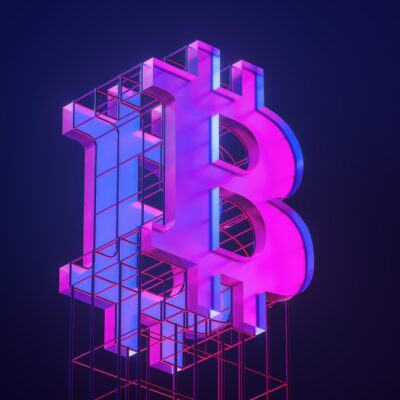
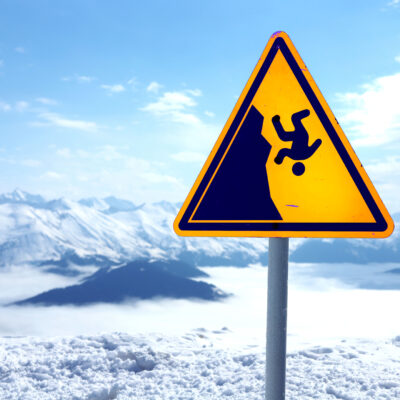
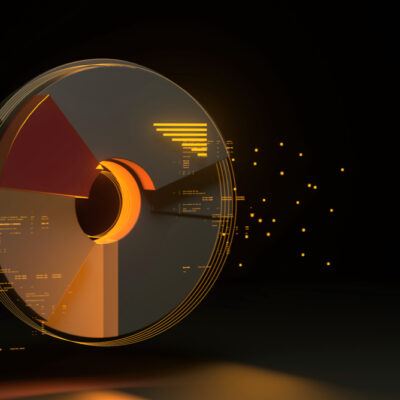

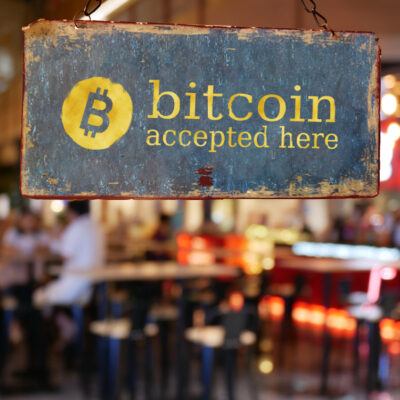
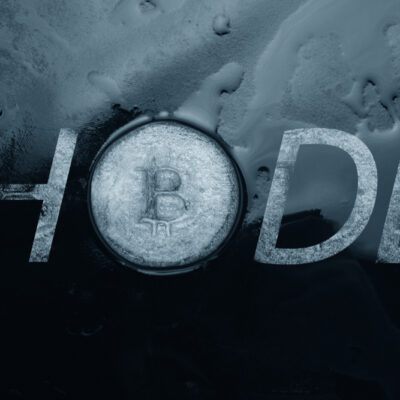
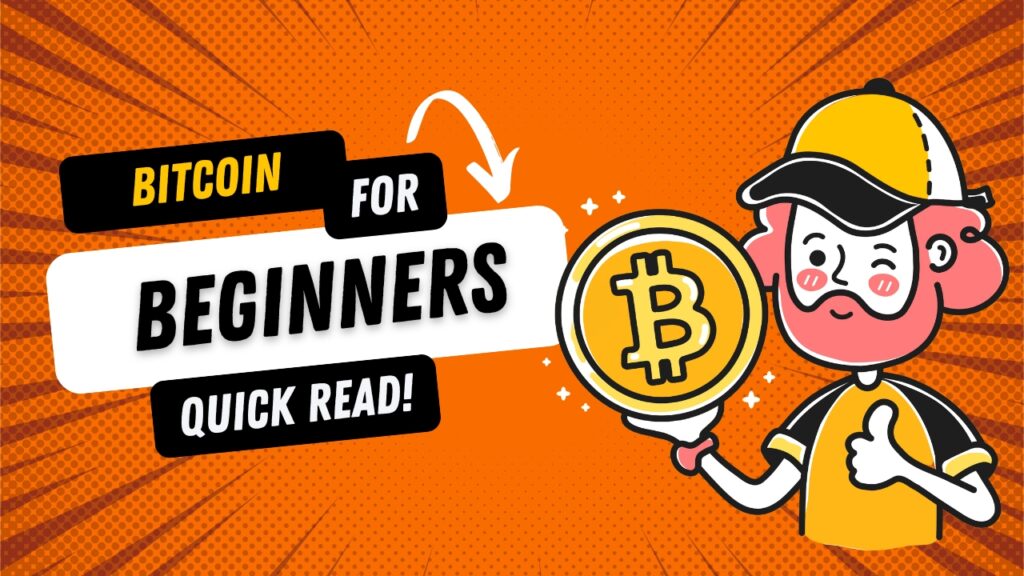
 Is Bitcoin A Company?
Is Bitcoin A Company?
Leave a Reply